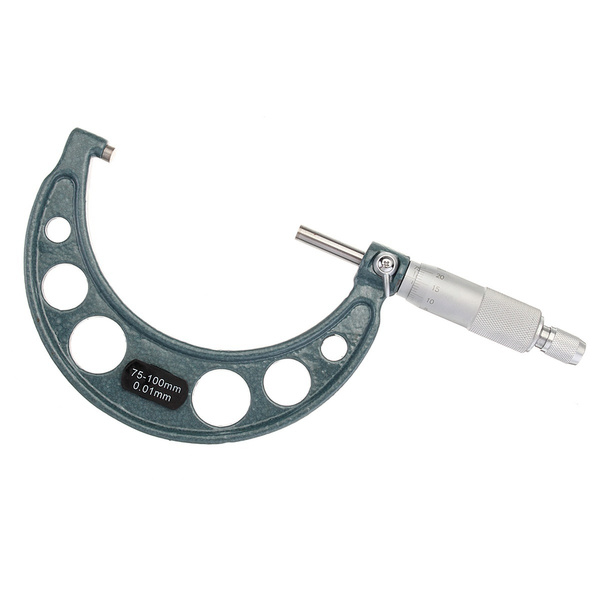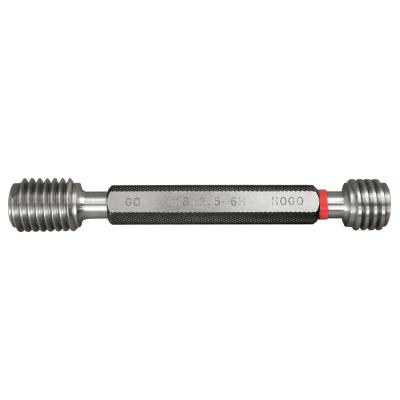carbide tipped lathe tools
Carbide tipped lathe tools are essential for achieving precision and efficiency in metalworking. This guide covers everything from selecting the right tool for your project to understanding different carbide grades and geometries, ensuring you get the best performance and longevity from your tools. Learn about the advantages of carbide tips, their applications, and maintenance tips to optimize your lathe operations.Understanding Carbide Tipped Lathe ToolsCarbide tipped lathe tools are cutting tools used on lathes, which are machines that rotate a workpiece while a cutting tool is applied to shape it. The 'carbide tipped' part refers to the cutting edge of the tool being made of carbide, a composite material known for its extreme hardness and resistance to wear. This is in contrast to high-speed steel (HSS) tools, which are a common alternative but lack the durability of carbide.Advantages of Using Carbide TipsCarbide tipped lathe tools offer several key advantages: Increased Cutting Speed: Carbide can withstand higher temperatures than HSS, allowing for faster cutting speeds. Longer Tool Life: The superior hardness of carbide results in less wear and longer tool life, reducing the frequency of replacements. Improved Surface Finish: Carbide tools often produce a smoother surface finish on the workpiece, reducing the need for secondary finishing operations. Versatility: They can be used on a wide range of materials, from softer metals like aluminum to harder alloys like stainless steel and titanium.Disadvantages of Using Carbide Tips Higher Initial Cost: Carbide tools generally have a higher upfront cost compared to HSS tools. Brittleness: Carbide is more brittle than HSS, making it susceptible to chipping or breaking if subjected to excessive force or vibration. Sharpening: Sharpening carbide tools requires specialized equipment and techniques, adding to the maintenance costs.Types of Carbide Tipped Lathe ToolsThere are various types of carbide tipped lathe tools, each designed for specific operations. Here are some common types: Turning Tools: Used for reducing the diameter of a workpiece. They come in different shapes (e.g., roughing, finishing, profiling). Facing Tools: Designed to create a flat surface perpendicular to the axis of rotation. Boring Tools: Used to enlarge an existing hole. Threading Tools: Create threads on the outside or inside of a workpiece. Grooving Tools: Cut grooves or recesses in the workpiece. Cut-Off Tools (Parting Tools): Used to cut off a section of the workpiece.Selecting the Right Carbide Tipped Lathe ToolChoosing the right carbide tipped lathe tool is crucial for achieving optimal performance. Here are factors to consider:Material to be MachinedThe material of the workpiece is a primary factor. Different carbide grades are better suited for specific materials. For example: Steel: Grades with high wear resistance are preferred. Aluminum: Grades with high toughness and sharpness are recommended. Stainless Steel: Grades with high heat resistance and toughness are necessary.Type of OperationThe specific machining operation also influences the tool selection. Roughing operations require tools with high strength and toughness, while finishing operations demand tools with sharp cutting edges and good surface finish capabilities. Check out Wayleading Tools for all your tooling needs!Lathe Machine SpecificationsConsider the lathe's power, speed range, and rigidity. Larger and more rigid lathes can handle more aggressive cutting parameters and larger tools.Carbide GradeThe carbide grade refers to the composition and properties of the carbide material. Common grades include: C2/K20: General-purpose grade for machining steel, cast iron, and non-ferrous metals. C5/K10: Suitable for high-speed machining of steel and cast iron. C6/P10: Designed for machining hard steels and abrasive materials. Carbide Grade Typical Applications Characteristics C2/K20 General purpose; steel, cast iron, non-ferrous metals Good balance of wear resistance and toughness C5/K10 High-speed machining of steel and cast iron High wear resistance; moderate toughness C6/P10 Hard steels, abrasive materials Excellent wear resistance; lower toughness Source: Kennametal Tooling GuideUsing Carbide Tipped Lathe Tools EffectivelyTo maximize the performance and lifespan of your carbide tipped lathe tools, follow these best practices:Proper Tool HoldingSecurely mount the tool in the tool holder to minimize vibration and ensure accurate cutting. Use a tool holder that matches the tool shank size.Correct Cutting ParametersUse appropriate cutting speeds, feed rates, and depths of cut. Refer to the tool manufacturer's recommendations and adjust based on the material being machined.Coolant ApplicationApply coolant to the cutting zone to reduce heat, lubricate the cutting edge, and flush away chips. Use a coolant suitable for the material being machined. The use of coolant when machining reduces friction. According to research, coolant use can increase tool life by up to 50% for certain materials [1].Regular InspectionInspect the tool regularly for signs of wear, chipping, or damage. Replace or resharpen the tool as needed.Maintenance and SharpeningProper maintenance is crucial for extending the life of carbide tipped lathe tools:CleaningClean the tools after each use to remove chips and debris. Use a soft brush and a suitable solvent.StorageStore the tools in a dry and protected environment to prevent corrosion and damage.SharpeningSharpening carbide tipped lathe tools requires specialized equipment, such as a diamond grinding wheel. It's recommended to have them professionally sharpened to maintain the correct geometry and cutting edge.Troubleshooting Common IssuesHere are some common issues and solutions when using carbide tipped lathe tools: Chipping: Reduce cutting speed, feed rate, or depth of cut. Check for vibration and ensure the tool is securely mounted. Excessive Wear: Use a more wear-resistant carbide grade. Improve coolant application. Poor Surface Finish: Use a sharper tool with a finer feed rate. Ensure the lathe is rigid and free from vibration.ConclusionCarbide tipped lathe tools are indispensable for precision machining. By understanding the different types, selecting the right tool for the job, and following best practices for usage and maintenance, you can achieve optimal performance, extend tool life, and improve the quality of your work. Remember to prioritize safety and always wear appropriate personal protective equipment when operating a lathe.For high-quality carbide tipped lathe tools and expert advice, contact Wayleading Tools at www.wayleading.com. We are dedicated to providing top-notch tooling solutions to meet your machining needs.
Related products
Related products
Best selling products
Best selling products-
 CCMT Turning Insert For Indexable Turning Tool Holder
CCMT Turning Insert For Indexable Turning Tool Holder -
 Keyless Drill Chuck With Heavy Duty Type
Keyless Drill Chuck With Heavy Duty Type -
 R8 Drill Chuck Arbor For Milling Machine
R8 Drill Chuck Arbor For Milling Machine -
 Precision Vernier Caliper With Nib Style Jaws Of Metric & Imperial For Industrial
Precision Vernier Caliper With Nib Style Jaws Of Metric & Imperial For Industrial -
 Outside Micrometer Of Premium Industrial Inch & Metric With Rachet Stop
Outside Micrometer Of Premium Industrial Inch & Metric With Rachet Stop -
 Precision V Block And Clamps Set With High Quality Type
Precision V Block And Clamps Set With High Quality Type -
 MT-APU Drill Chuck Holder With Keyless Type
MT-APU Drill Chuck Holder With Keyless Type -
 Type B Light Duty Deburring Tool Set With Deburring Holder And Deburring Blade
Type B Light Duty Deburring Tool Set With Deburring Holder And Deburring Blade -
 APKT Milling Insert For Indexable Milling Cutter
APKT Milling Insert For Indexable Milling Cutter -
 Precision Straight Shank To Morse Taper Adapter
Precision Straight Shank To Morse Taper Adapter -
 Precision IP54 Digital Caliper With Data Output For Industrial
Precision IP54 Digital Caliper With Data Output For Industrial -
 Precision V Block Set With High Quality Type
Precision V Block Set With High Quality Type











